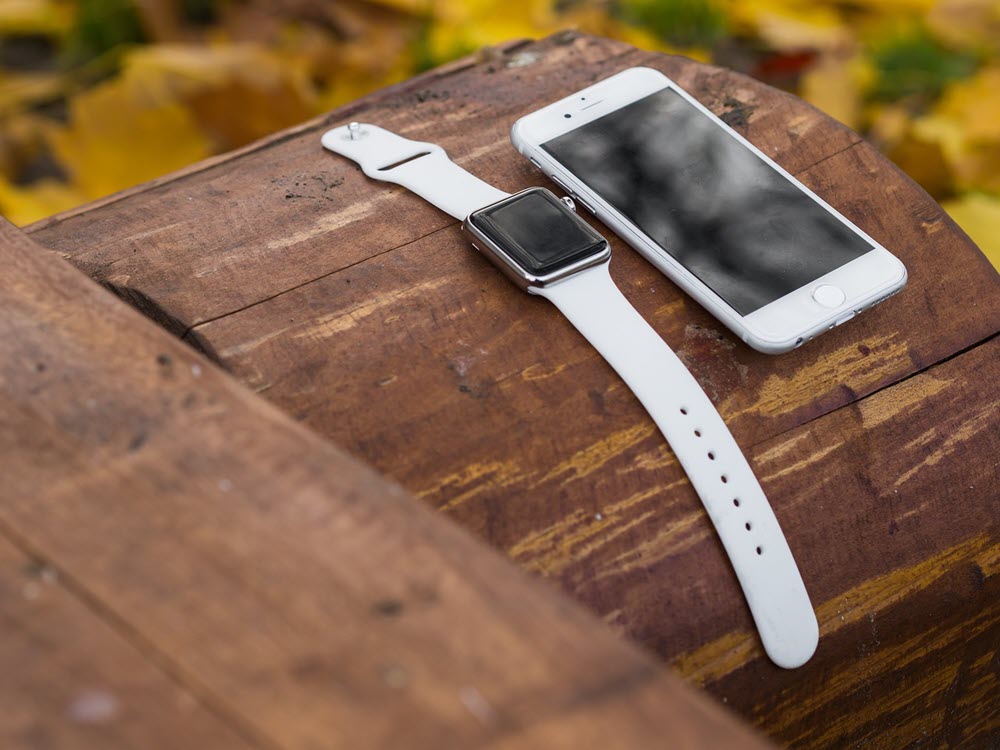
Falls are a serious issue for seniors. Not only do people become more likely to fall as they age, but the injuries that come from falls also become greater.
What’s more, even falls that do not cause significant physical injuries sometimes have strong impacts on a senior’s independence by making them less confident and mobile.
Falls can’t be prevented with 100% certainly, so fall detection measures are essential for keeping seniors safe and healthy.
This is where the idea of a fall detection watch for seniors comes in. Such watches aren’t common, but they do exist. Here are your best options, followed by related products have still be helpful.
Watches with Fall Detection Features
UnaliWear Kanega Watch
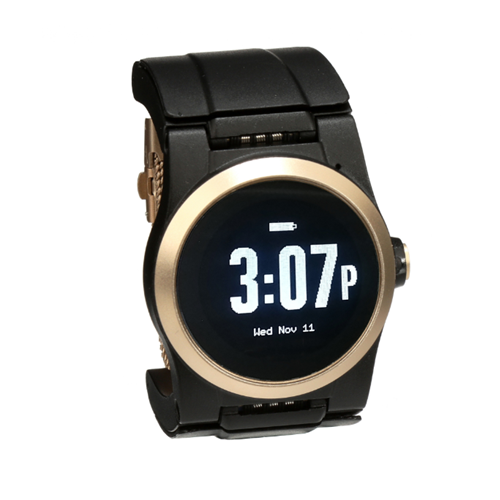
The UnaliWear Kanega Watch is a medical alert device first and a watch second.
This means it doesn’t offer all the features you might hope for in a watch. But, as a medical alert device, it’s powerful indeed.
The watch stands out for its fall detection technology. This is adaptive and learns the normal movements of its user to better detect what is a fall and what isn’t. Part of doing so involves periodically asking the user “is this a fall?”.
Features:
- Fall detection, where the monitoring service is automatically contacted in the case of a fall.
- Users can also directly contact an emergency assistant using a button on the watch or via a voice command. This allows them to seek help for any issue, including a fall that the watch doesn’t detect.
- Instead of requiring charging, the Kanega Watch has two sets of rechargeable batteries that can simply be swapped for one another. This means that the senior never needs to remove the watch to charge it.
- There’s also an internal backup battery that allows the watch to keep functioning even if the senior has a fall that dislodges the battery.
- The watch is water resistant, so seniors can wear it in the shower.
Cost:
This watch comes with a $299 initial fee, which covers the watch and accessories, plus setup costs. Then, you can pay a monthly subscription of $79.95 or an annual subscription of $779.40 (which comes to roughly $65 per month).
Benefits:
- The device looks like an elegant watch, so seniors may wear it even if they’re resistant to the idea of medical alert devices.
- It’s an all-in-one device. Most other medical alert devices have a base station or a cellphone associated with them. This one is just a watch.
- Works out of the box without setup.
Problems:
- There’s no associated app. This can be frustrating for family members who want to be certain that their loved one is safe.
- This watch is seriously expensive, especially when you consider the ongoing monthly fee.
WellBe Medical Alert Round Watch
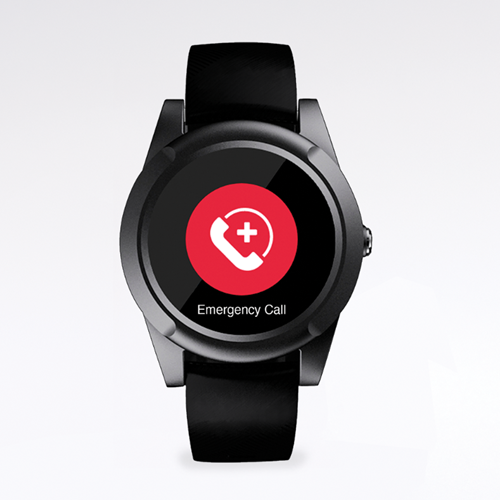
WellBe also offers a medical alert watch, complete with regular smartwatch features and optional fall detection.
Features:
- A heart rate monitor and pedometer.
- There is a 24/7 emergency monitoring service that can be accessed any time using a button on the watch. A two-way speaker allows the senior to easily communicate with the call center and resolve any issues.
- GPS in the watch can be used to quickly send emergency services to the senior. This is powerful if they’re unconscious or do not know where they are.
- Offers fall detection as an added feature, but states that this focuses on hard falls and will not always be effective.
- Comes with a companion app to keep everyone connected with the senior’s health.
Cost:
The watch itself costs $159.95 and there’s a $29.95 per month subscription. This makes it much cheaper than the UnaliWear option, but you do need to pay extra for the fall detection feature. This costs an added $10 per month.
Benefits:
The monthly monitoring price is fairly low for this watch, even when compared to regular medical alert devices. You could also opt out of fall detection if that feature was not helping and just use this as a medical alert device.
WellBe is also well-reviewed for their response time, so seniors never need to wait too long to receive support.
Problems:
There aren’t any customization options for the watch. The style won’t suit everyone either, as it looks like a cheap black plastic watch.
This device is relatively low in features as well. This is fine if you’re only interested in medical alert and fall detection aspects. But, this isn’t a good watch if you also want added health features.
Apple Watch
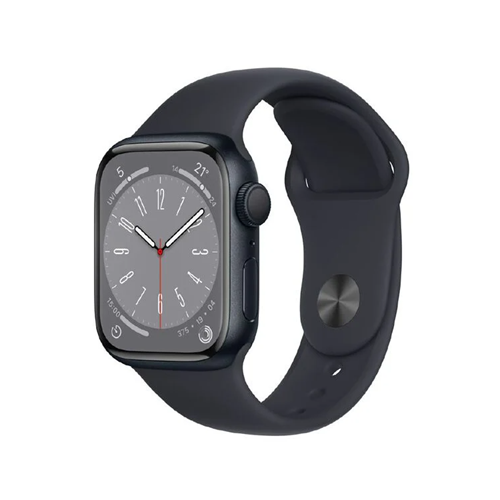
Apple Watch is your other main option for fall detection. This feature is available in the Apple Watch Series 4 and beyond, plus the Apple Watch SE.
Features:
The Apple Watch really has too many functions to count and these vary depending on the version you choose. Most of these features are focused on health. This includes the ability to monitor your heart rhythm and heart rate, to track physical activity, to monitor sleep, and even to take an electrocardiogram.
These features are powerful for seniors who are interested in tracking their overall health and are trying to live an active lifestyle. They’re less relevant for anyone just interested in fall detection.
The fall detection feature focuses on hard falls. If one is detected, it vibrates, shows an alert and gives an alarm. The user can dismiss the alert to stop the alarm or they can choose to call emergency services.
If there’s no movement detection a minute after the fall, the Apple Watch sends an emergency call automatically.
Cost:
The price ranges from around $280 to $800 for an Apple Watch, depending on the version. This is a lot to pay for a watch, but there aren’t ongoing costs to worry about.
Benefits:
- There’s a ton of features, including almost everything you could want related to health.
- Important information is recorded on the app, which is helpful for long-term health monitoring and talking to the senior’s doctor.
- There is plenty of support, including a phoneline, online support, and a mobile app. These make it easy to solve any issues. Other products come from smaller companies and may have a smaller support network.
- These are real watches, not medical alert devices, which makes them desirable. Tech savvy seniors may even enjoy all the features.
Problems:
Fall detection is an added feature in the Apple Watch and the device doesn’t have many supporting features, like the ability to call emergency services at the push of a button.
An Apple Watch could also be confusing to seniors, as there’s a huge range of features and settings.
The other issue is setup. Apple Watches rely on being set up via an iPhone. It’s possible for a family member to do this instead of the senior, but someone in the family needs an iPhone to make the watch work.
Beyond this, there’s no dedicated call center. Apple Watch simply connects seniors directly to emergency services, which could easily lead to false emergency call outs. Apple Watch is the only product with this issue, as all others connect to an emergency call center.
Pros and Cons of a Fall Detection Watch for Seniors
As you can see, there aren’t many fall detection watches out there right now. Still, the selection is likely to grow over time. So, is this type of watch a good idea?
Pros
The big benefit is the fall detection feature. This is powerful, especially in cases where seniors are badly injured and can’t call for help.
Fall detection smart watches also function as medical alert devices. So, whether there’s a fall or not, the senior can easily request assistance.
Then there’s the style. Watches are more practical and socially acceptable than medical alert devices. This should make seniors less resistant to wearing them.
Cons
One issue is the price. You’re normally paying a decent amount for the watch itself plus an ongoing fee for the medical assistance service. And, because this is new technology, the cost is often higher than a traditional medical alert device.
There’s also accuracy to consider. It may take the device’s algorithm time to work out what is and isn’t a fall for a given person – and it’s likely to get things wrong some of the time.
Plus, fall detection tools work best when they’re around your neck, particularly when they’re set high in front of your sternum. Watch-based fall detection devices are more likely to miss falls.
Also, do you really need a fall detection watch?
You’d get many of the same benefits from a smart watch with medical alert features. The main difference is that here the senior would need to press a button for help after a call, rather than the watch figuring it out independently.
Medical Alert Smart Watches
While these watches don’t have fall detection capabilities, they do work as medical alert devices and could be a useful alternatives for many seniors.
Medical Guardian MG Move
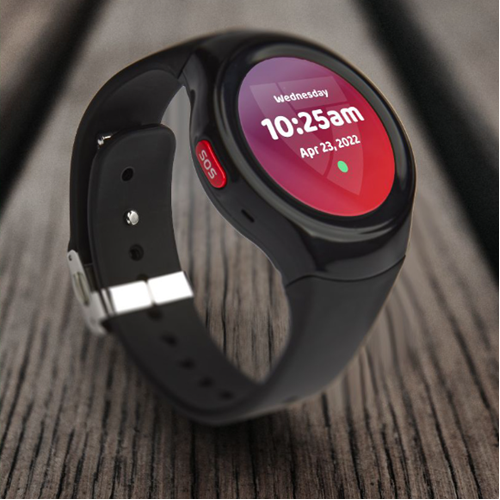
The Medical Guardian MG Move is primarily a medical alert device and even has a red SOS button on the side.
Features:
- Icons on the screen are simple and large, making them easy to read.
- Extra features include medication reminders, weather, voice to text, step counting, a social app, and a calendar.
- The watch connects to a call monitoring center that’s on hand 24/7.
- The watch has a long battery life, sometimes lasting up to 24 hours. The watch needs to be taken off to charge, but will fully charge within an hour or two.
- There’s also a premium feature that alerts family members any time there is an emergency, which includes giving them updates about the senior’s location.
- The watch connects to an app and web portal, allowing the senior or a family member to activity changes progress over time.
Cost:
The watch itself costs $199. You then need to pay between $36.62 and $39.95 a month for an ongoing subscription and an extra $6.99 per month if you want the company’s protection plan. Here too, fall detection is an extra feature, costing $10 per month.
Benefits:
- There are a decent number of extra features, including the ability to look at weather and voice to text. Some of these features are unusual in smart watches.
- Some of the premium features are fantastic about keeping family members in the loop, especially if there’s an emergency situation. Most other smart watches only inform emergency services.
Problems:
- Some features, like medication reminders, aren’t included in the initial fee. You need to pay extra for these.
- There is only one design – a simple black watch.
- Some users also highlight issues with the response time, where it sometimes takes longer than it should to get support.
SOS Smartwatch by Bay Alarm Medical
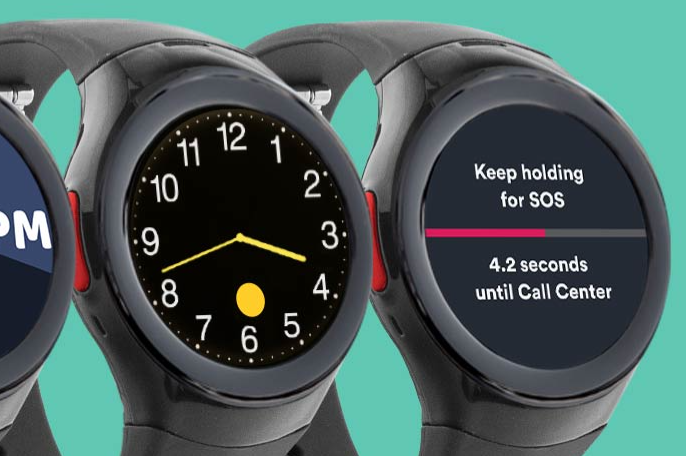
This SOS Smartwatch follows the same style as the previous example and even looks similar.
Features:
- Has an SOS button that users need to press and hold. They’re then connected with a 24/7 monitoring center that the senior can talk to using the watch’s two-way speaker.
- The watch has some basic health tracking features as well, including a step tracker and the ability to set step goals.
Cost:
The watch itself costs $159. The monthly fee varies depending on the features you want. Notably:
- $39.95 per month for the basic service, which has caregiver tracking and an emergency button.
- $49.95 per month for the basic service plus fall detection.
- $64.95 for the basic service, an in-home system, and optional fall detection. Here, fall detection costs $10 a month on one system or $20 a month on both systems.
Benefits:
- The watch works straight out of the box and doesn’t require a smartphone for setup. This is perfect for seniors who are not very tech savvy.
- The initial cost and monthly fee for this watch are lower than many others.
Problems:
- The battery lasts 6 to 18 hours, which is shorter than many other products. This could mean that the battery doesn’t even last the full day, which is incredibly frustrating.
- While the watch has GPS tracking, only the monitoring station has access to this information. As a result, family members won’t know where the senior is if there’s an emergency.
- The watch has limited features. It still performs the basic functions for keeping the senior safe, but does little else.
LifeStation Sidekick Smart

The LifeStation Sidekick Smart stands out because you don’t pay for the initial watch. There’s just an activation charge and a monthly fee.
Features:
- Uses a combination of GPS and WiFi to pinpoint the senior’s location, so that emergency services can easily find them.
- There is also a Find My Loved One feature, which allows family members to find the senior’s location. This is particularly useful for seniors with dementia, as dementia patients often wander and can put themselves in danger.
- A two-way speaker allows seniors to directly communicate with support staff when they hit the help button.
- Tracks steps and heart rate.
- Provides a weather forecast, which is helpful when seniors are away from home.
Cost:
The smartwatch starts at $47.90 per month, with an activation fee of $99.95.
LifeStation also provides a service called PAPA Pals for an additional $5 per month. This service connects seniors with companions who are able to help with grocery shopping, technology challenges, and medical appointments. This is a powerful idea, although it’s not clear how much support the senior actually receives.
Benefits:
The big benefit here is that you’re only paying $99.95 as an activation fee, which is less than the fee for many other products.
The battery life is decent too, as the watch should last roughly 24 hours and takes three hours to charge. The senior could easily keep the watch on throughout the day, then take it off to charge it at night.
Problems:
The watch itself isn’t very exciting and has no customization options. Plus, the black plastic style could easily be off-putting for some seniors, especially if they are fashion conscious.
The monthly cost of $43.95 is also higher than many other products. If you kept the watch for a year or more, it might even end up costing you more than the other products.
Final Thoughts
Fall detection watches sound amazing, but the technology still has its limits and there aren’t that many devices to choose from.
Many seniors will see just as many benefits by focusing on a medical alert smart watch. The biggest difference is that the senior needs to signal for help if they fall, rather than relying on fall detection. Regular medical alert products work as well, including those from MobileHelp. However, some seniors don’t like wearing these or keep forgetting. A watch is easier in many ways as the style is familiar and doesn’t come with the same stigma.
Feeling Overwhelmed?
Check out our Caregiving Consulting service for personalized support and guidance.

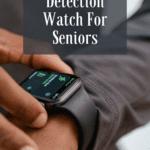
Leave a Reply